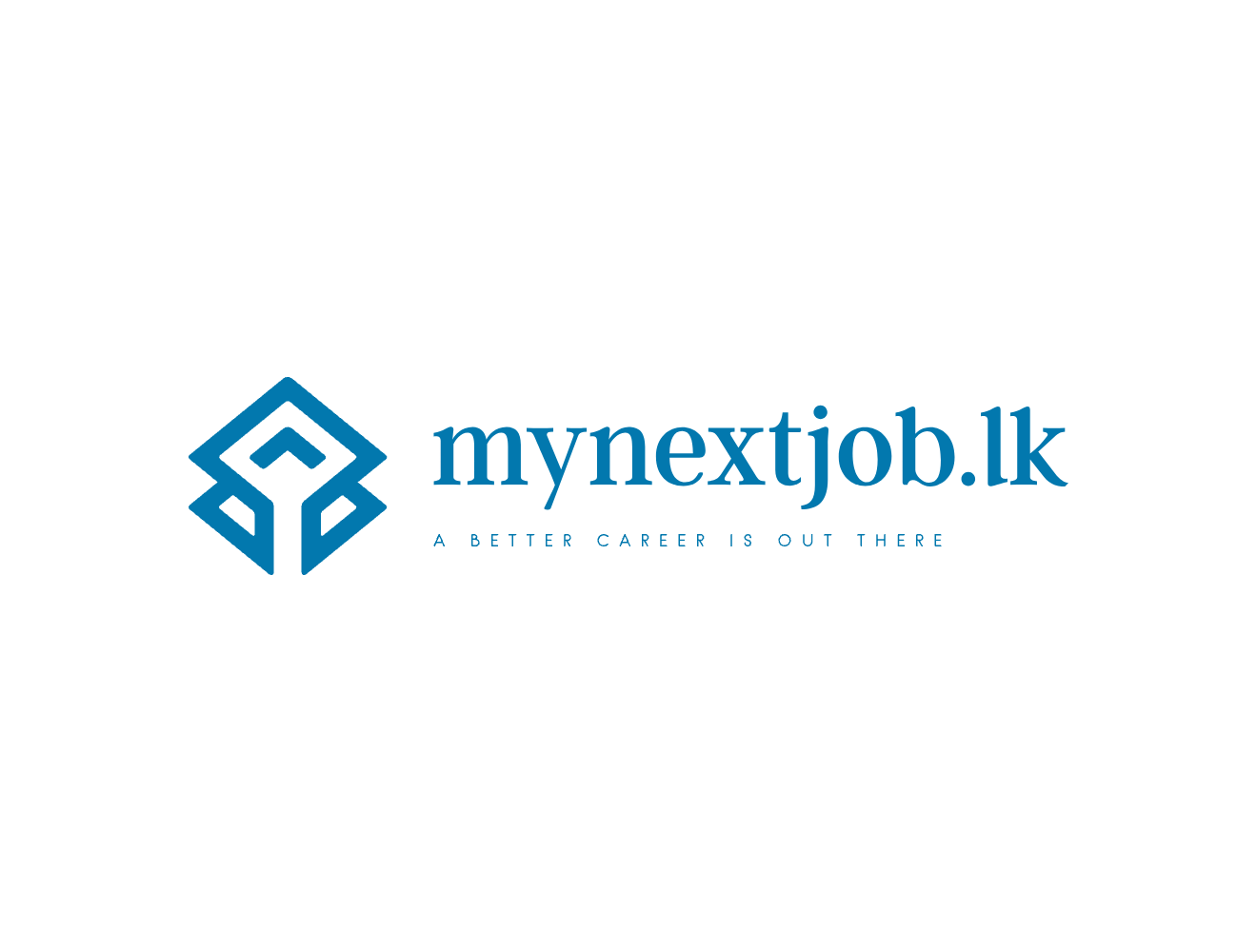Understanding Mergers and Acquisitions
Mergers and acquisitions (M&A) represent a fundamental aspect of modern corporate strategy, involving the consolidation of companies or their assets. In essence, a merger occurs when two companies combine to form a new entity, while an acquisition involves one company purchasing another. The landscape of M&A transactions is diverse, including consolidations, where two companies unite into a single organization, and joint ventures, which result in a new business entity created by multiple parties while retaining their separate identities.
Mergers and acquisitions play a significant role in shaping the corporate world. They provide pathways for companies to achieve various strategic objectives, such as market expansion, whereby organizations can increase their footprint in existing markets or enter new geographical territories. Additionally, companies pursue M&A to acquire resources, whether it be intellectual property, technology, or human capital, which can enhance their competitive edge. Financial synergies, which refer to the potential cost savings and increased revenues resulting from the combination of firms, often serve as a motivating factor behind adopting M&A strategies.
The implications of these transactions extend beyond mere financial outcomes; they fundamentally impact the workforce and organizational culture. It is critical for companies engaging in mergers and acquisitions to effectively manage the human resources aspect of the integration process. This requires a strategic approach to address the challenges posed by change, including aligning company values, integrating disparate teams, and maintaining employee morale. As such, understanding the dynamics of mergers and acquisitions is crucial for HR professionals, as they play a pivotal role in ensuring the success of these complex transactions.
The Strategic Role of HR in M&A
The role of human resources (HR) during mergers and acquisitions (M&A) is pivotal, serving as a strategic partner to ensure a seamless transition throughout the integration process. When two organizations come together, aligning their cultures becomes a critical priority. HR plays an essential role in identifying and bridging cultural gaps between the merging entities. This cultural alignment fosters a cohesive work environment, which is vital for the success of any merger. A proactive approach in this area ensures that employees feel valued and engaged during what can be a turbulent time.
Talent retention is another significant responsibility for HR in the context of M&A. High employee turnover can jeopardize the successful integration of organizations, thus HR must implement strategies to retain key personnel. This may involve offering incentives, clarifying career progression opportunities, and maintaining open lines of communication to alleviate employee concerns. Clearly articulated retention plans can help keep talented individuals motivated and committed during periods of uncertainty.
Moreover, HR is instrumental in ensuring compliance with legal and regulatory requirements that govern the M&A process. Compliance is multifaceted, encompassing labor laws, employee benefits, and contractual obligations. Through diligent assessments and the integration of legal expertise, HR can safeguard the newly formed organization against potential pitfalls that arise from non-compliance.
Furthermore, efficient communication across all levels of the organizations is essential during a merger. HR facilitates this by creating communication plans that disseminate pertinent information and updates to employees at every stage of the integration process. This role not only promotes transparency but also builds trust among the workforce. As such, HR’s strategic involvement is indispensable, reinforcing the overall framework for successful mergers and acquisitions, while fostering a culture of collaboration and unity.
Challenges Faced by HR in M&A
The process of mergers and acquisitions (M&A) presents numerous challenges for human resources (HR) departments that can significantly impact employee morale and overall organizational productivity. One of the most prominent issues during M&A is the clash of corporate cultures. When two distinct organizations merge, their differing values, beliefs, and established practices can lead to misunderstandings and conflict among employees. HR plays a critical role in navigating these cultural discrepancies to foster a unified environment.
Employee uncertainty and anxiety during M&A transitions can further exacerbate these challenges. Workers often worry about job security, changes in roles, and the implications of new management structures. Failure to address these concerns can result in decreased employee engagement and productivity. HR must implement transparent communication strategies to mitigate uncertainty, offering employees clear information about the merger’s impact on their roles and the organization as a whole.
Retention of top talent poses another challenge during M&A activities. High-performing individuals may opt to leave the organization due to perceived instability or lack of clarity about future opportunities. HR must formulate strategic retention plans that include incentives, career development options, and organizational integration techniques to maintain a skilled workforce throughout the transition.
Communication breakdowns during M&A can also severely hinder the integration process. Inadequate information sharing can lead to rumors and misinformation, which may contribute to a toxic work environment. To combat this, HR must prioritize effective change management practices that ensure consistent messaging and provide multiple channels for feedback. Real-world examples, such as the failure of certain M&As due to poor HR management, have highlighted the necessity of addressing these challenges proactively. A coherent approach can transform potential obstacles into manageable tasks, aiding in a smoother transition during mergers and acquisitions.
Best Practices for HR During M&A Transactions
Human resources play a vital role in the success of mergers and acquisitions, and implementing best practices is essential for seamless transitions. One of the foremost strategies is conducting thorough due diligence. HR professionals should assess not only the legal and financial aspects of the merger but also the cultural dynamics of both organizations. Understanding the unique aspects of each company’s culture can inform strategies for integration and mitigate potential conflicts.
Establishing clear communication channels is another critical practice. Open dialogue during M&A transactions can alleviate employee concerns and prevent misinformation from spreading. HR should develop a comprehensive communication plan that informs all stakeholders, including employees, about the changes and what they imply for the organization, fostering a sense of transparency and inclusion. Regular updates and town hall meetings can introduce opportunities for employees to voice their questions and worries, reinforcing trust in leadership.
Fostering an open dialogue extends to actively listening to the perspectives of employees during this period of change. HR should create forums or feedback mechanisms where employees can share their thoughts. This practice not only addresses concerns but also enhances morale by showing employees that their voices matter in shaping the post-merger workplace environment.
Aligning compensation and benefits packages is also crucial. Inconsistencies in employee compensation can lead to dissatisfaction and turnover. HR should carefully review and standardize these packages to ensure fairness and equity, facilitating smoother integration. This includes evaluating health benefits, retirement plans, and incentives.
Finally, prioritizing workforce integration is essential. Post-merger examinations of team dynamics, employee roles, and organizational structures can help align talents effectively. Continuous evaluation and adjustment of HR strategies after the M&A will enhance resilience, promote stability, and ensure that the new entity operates as a cohesive unit, paving the way for long-term success.











